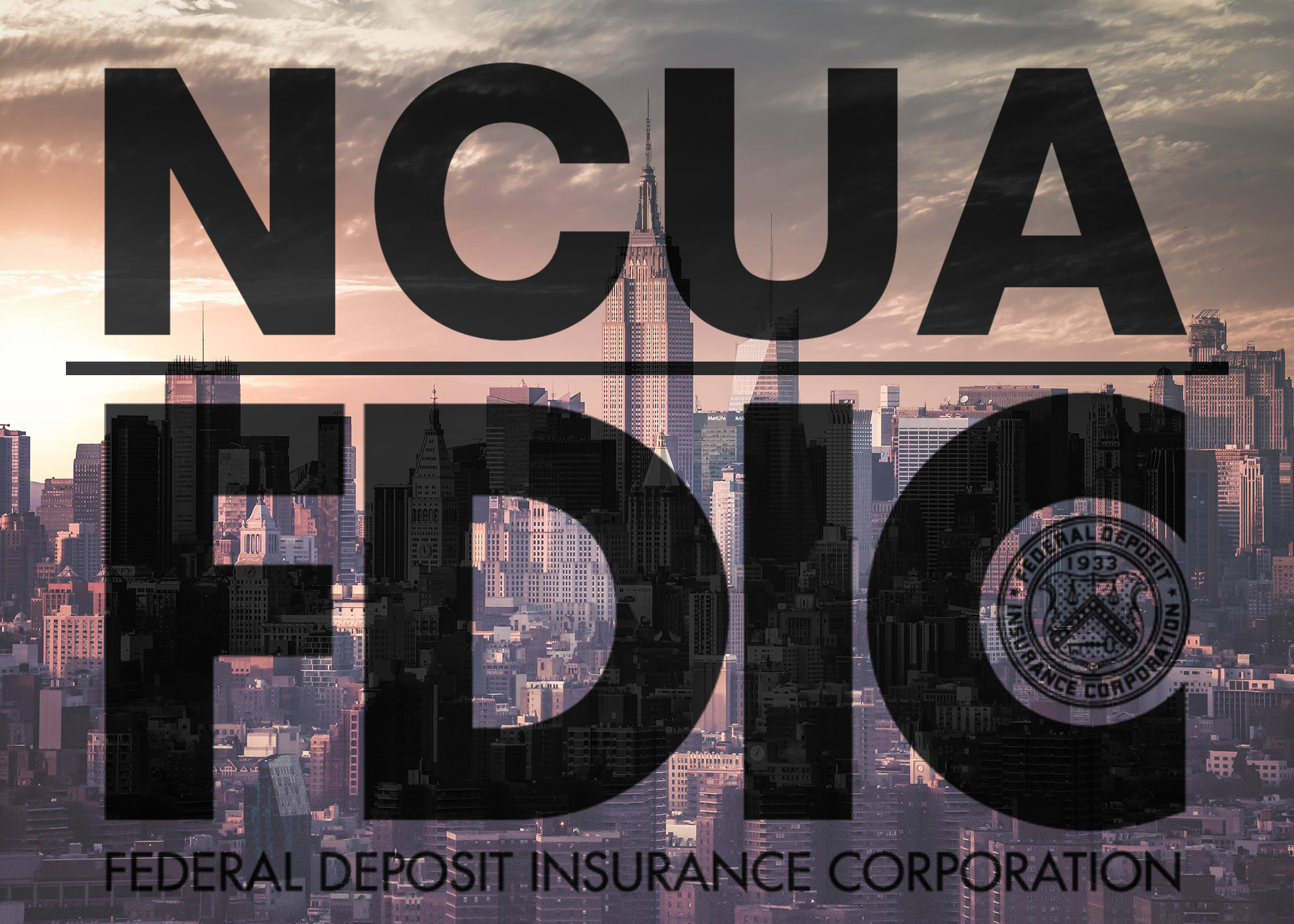How to Assess 3rd vs 4th Party Risk Management
A concerning trend has emerged in recent years: organizations are increasingly falling victim to breaches that originate not from direct attacks on...

You’ve got third-party risk management down, but what about fourth-party risk?
Regulators are stressing the importance of managing not just third-party risks, but also fourth-party risks—those linked to your vendors’ subcontractors. If you're unsure how to handle these risks, this blog will help you understand and manage fourth-party vendor risks effectively.
Fourth-party vendor risk management refers to the process of identifying, assessing, and mitigating risks associated with subcontractors or vendors that your third-party vendors rely on. These fourth parties often have access to sensitive data, systems, or processes, making them a potential weak link in your supply chain.
For example, a financial institution might outsource its IT infrastructure to a third-party vendor, which then subcontracts data storage to a fourth-party cloud provider. If the cloud provider experiences a data breach, the financial institution could face regulatory penalties, reputational damage, and financial losses—even though the breach occurred at the fourth-party level.
Regulatory guidance recognizes that financial institutions are not expected to scrutinize every subcontractor used by their vendors. Instead, institutions must ensure their third-party vendors have strong vendor management programs to oversee and mitigate fourth-party risks. While the responsibility for managing these risks primarily falls on third-party vendors, financial institutions remain accountable for verifying that their vendors have adequate controls, policies, and oversight mechanisms in place.
The FFIEC does not explicitly define "fourth-party vendors," but its Risk Management of Outsourced Technology Services emphasizes that risks extend beyond direct third-party relationships. Key principles include:
The NCUA’s Evaluating Third-Party Relationships guidance underscores the importance of risk assessment, due diligence, and continuous monitoring of vendors, including their subcontractors. Credit unions must:
Financial institutions must take a proactive and structured approach to identify, assess, and mitigate risks associated with subcontractors (fourth parties) used by their third-party vendors. Below, we expand on the key steps to effectively assess fourth-party risks:
Start by pinpointing the third-party vendors that provide essential services or have access to sensitive data. These include core banking service providers, payment processors, cloud computing providers, and cybersecurity firms. The focus should be on vendors whose failure could cause significant operational, financial, or reputational damage.
Engage your third-party vendors in discussions about their key subcontractors. Request a list of their most critical fourth-party vendors—those that provide essential services, infrastructure, or data access. If a vendor refuses to disclose this information, push for transparency by making it a contractual requirement for critical service providers.
Once identified, assess whether these fourth parties introduce significant risks, such as data security vulnerabilities, compliance gaps, or operational dependencies that could impact your institution.
To ensure accountability, contracts with third-party vendors should require them to maintain a strong vendor risk management program that includes oversight of subcontractors. Vendors must disclose key fourth-party relationships and notify institutions of any changes that could affect service reliability or compliance.
Regulatory expectations should be embedded in agreements, mandating adherence to industry standards such as SOC 2 and ISO 27001. Additionally, contracts must define clear incident response protocols, ensuring vendors take responsibility for disruptions involving their subcontractors. Strengthening these contractual obligations shifts some risk management responsibility to vendors while maintaining institutional oversight.
Risk management extends beyond contract enforcement. Financial institutions should regularly review SOC reports, compliance certifications, and security attestations from both third- and fourth-party vendors. On-site or virtual assessments can help verify security controls, business continuity measures, and regulatory compliance.
Leveraging third-party vendor management platforms or solutions can provide real-time insights into vendor risks, flagging changes in compliance status or subcontractor dependencies.
Effective reporting is essential for maintaining transparency and accountability in fourth-party vendor risk management. Key steps to include are:
Managing fourth-party vendor risk can be complex, but having the right tools simplifies the process.
Download our free Vendor Management Security Template to streamline vendor risk assessments, ensure compliance with regulatory expectations, and enhance oversight of both third- and fourth-party vendors. Get started today and take control of your vendor risk management program.
If you have questions or would like assistance in building a stronger and more resilient vendor management program, schedule some time for a quick chat below.

A concerning trend has emerged in recent years: organizations are increasingly falling victim to breaches that originate not from direct attacks on...

The NCUA and FDIC requirements for managing third-party relationships (a.k.a. vendors) are pretty straightforward. However, the problem with...

The two largest industries affected by cybercrimes in the United States are information and finance. Of the two, the financial industry incurs the...